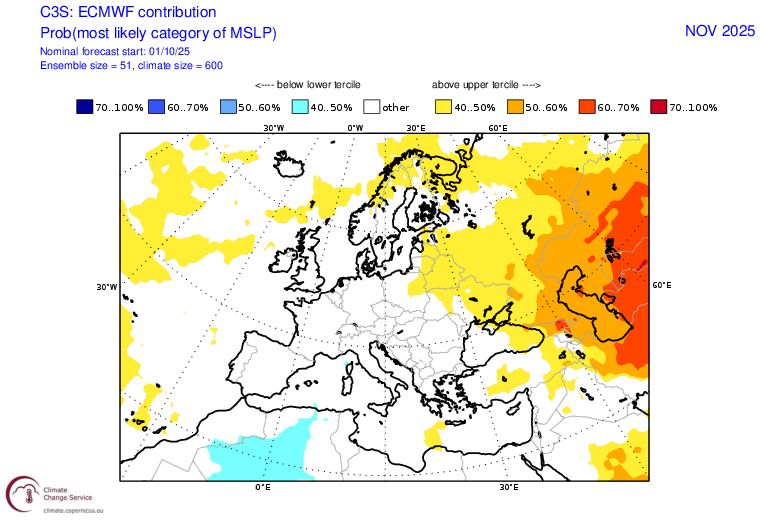James Peacock
@peacockreports.bsky.social
440 followers
58 following
1.7K posts
Head Meteorologist at MetSwift, working to revolutionise delivery of weather information.
LinkedIn: https://t.co/pUCAQfAfRP
Posts
Media
Videos
Starter Packs








































